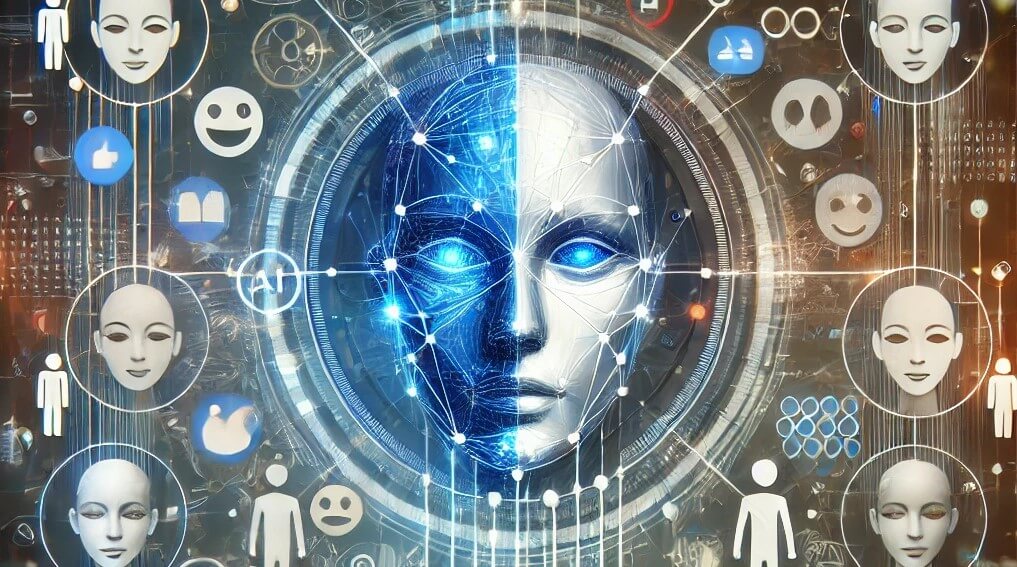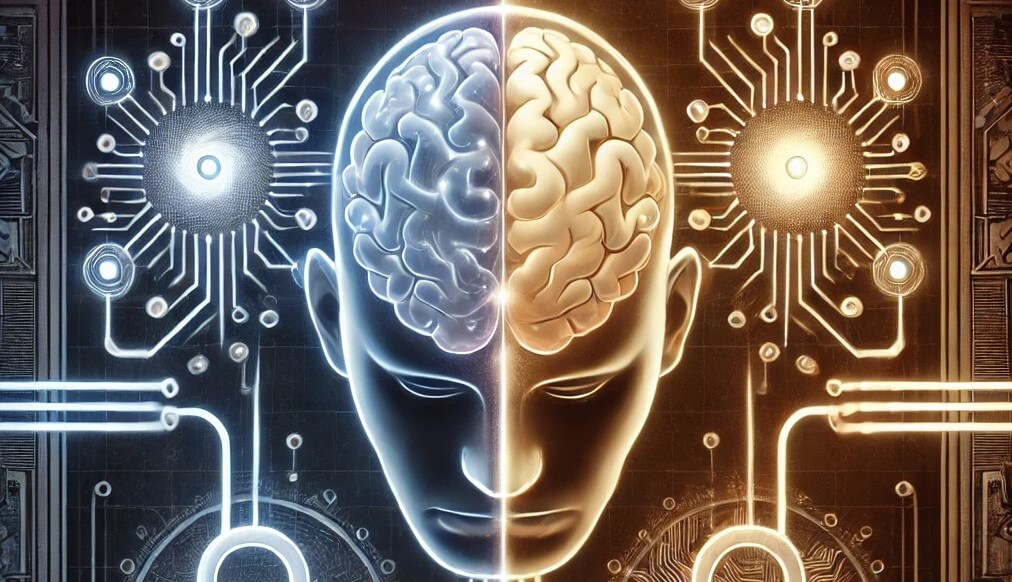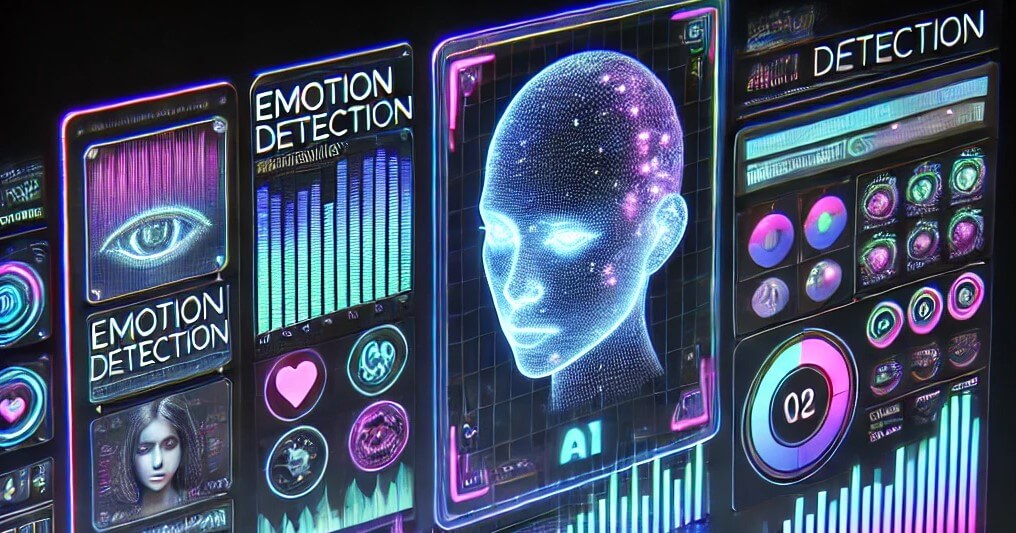As artificial intelligence becomes increasingly embedded in business operations, a new trend is emerging: the integration of “Emotion AI” into enterprise software. This technology aims to help AI systems better understand human emotions during interactions, potentially transforming how businesses handle customer service, sales, and internal communications. However, the rise of Emotion AI also brings significant concerns, both in terms of its effectiveness and its ethical implications.
What is Emotion AI?

Emotion AI, as outlined in PitchBook’s latest Enterprise SaaS Emerging Tech Research report, is an advanced iteration of sentiment analysis, designed to interpret human emotions through multimodal inputs such as text, voice, facial expressions, and body language. Unlike traditional sentiment analysis, which primarily focuses on the tone of text, Emotion AI combines data from various sensors — including cameras and microphones — to make real-time assessments of human emotional states.
This technology is being driven by the growing presence of AI in the workplace, particularly through AI assistants and chatbots. As businesses deploy these tools to handle more complex tasks, the ability for AI to discern emotional cues becomes increasingly important. For instance, distinguishing between an angry and a confused customer could significantly impact the effectiveness of a customer service interaction.
Major tech companies have already introduced Emotion AI capabilities. Microsoft’s Azure cognitive services offer an Emotion API, while Amazon Web Services includes emotion detection in its Rekognition service. Although these technologies are not new, their application in business software is expanding rapidly as companies seek to enhance the human-like qualities of their AI systems.
The Promise of Emotion AI

Proponents of Emotion AI argue that it has the potential to revolutionize human-machine interactions. By enabling AI systems to understand and respond to emotions, businesses can create more personalized and effective customer experiences. This could be particularly valuable in customer service, where an AI that recognizes frustration or confusion could adjust its responses to better assist the user.
Additionally, in internal business settings, Emotion AI could help in areas like human resources, where understanding employee sentiment might lead to better management practices and improved workplace morale. The ability of AI to detect subtle emotional cues could also be beneficial in sales, where gauging a client’s emotional state could help tailor pitches more effectively.
The Challenges and Controversies

However, the rise of Emotion AI is not without its challenges. From my point of view, one of the most significant concerns is the accuracy of these systems. Research has shown that human emotions are complex and often cannot be accurately determined through facial expressions or tone of voice alone. In 2019, a meta-review of studies concluded that the assumption that AI could reliably detect emotions by mimicking human interpretation methods (such as reading facial movements) is fundamentally flawed.
This raises the question of whether AI systems can truly understand human emotions or if they are merely making educated guesses based on patterns. If Emotion AI cannot accurately interpret emotions, the risk of miscommunication could lead to negative outcomes, such as AI misjudging a customer’s mood and responding inappropriately, potentially harming the customer experience.
Moreover, the ethical implications of Emotion AI are considerable. The technology relies heavily on biometric data, such as facial expressions and voice patterns, which raises privacy concerns. Regulations like the European Union’s AI Act, which bans the use of emotion detection systems in certain contexts, and state laws like Illinois’ Biometric Information Privacy Act (BIPA), highlight the potential legal challenges that could stymie the adoption of Emotion AI.
Another concern is the potential for misuse in the workplace. If AI systems are deployed to monitor employee emotions, there could be significant repercussions for worker privacy and autonomy. The idea of an AI constantly analyzing emotional states during meetings or interactions could lead to a surveillance-like atmosphere, which might negatively impact employee morale and trust.
The Future of Emotion AI in Business

As I see it, the future of Emotion AI in business software is still uncertain. While the technology offers promising capabilities, its current limitations and the significant ethical concerns surrounding its use suggest that it may not be the panacea that some proponents claim. Businesses will need to carefully weigh the potential benefits against the risks, particularly in terms of accuracy, privacy, and employee well-being.
In conclusion, while Emotion AI could enhance AI-driven interactions by adding a layer of emotional understanding, it also faces substantial hurdles. The technology must overcome issues of accuracy and ethical challenges before it can be widely adopted. As businesses continue to explore this new frontier, they must do so with caution, ensuring that the deployment of Emotion AI does not compromise the very human elements it seeks to understand and support.






